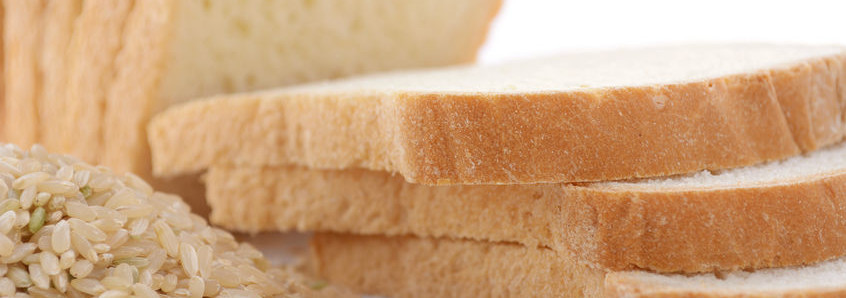
The gluten free market is becoming a key space for consumers and bakers. Now that it’s a well established trend, there’s improved ingredient technology making it easier to achieve quality taste, texture and shelf life. However, gluten free baking still comes with its share of difficulties and troubleshooting
Gluten is a group storage protein found in seeds of certain cereal grains. Prolamin and glutenin combinations are usually associated with gluten. These combinations will trigger celiac disease. The most common ingredients that contain gluten includes:
- Wheat, wheat flour, ancient kinds of wheat
- Barley, Rye
- Crossbred hybrids of wheat, rye or barley
What is gluten free baking?
Avoiding the usage of wheat or any other gluten-containing grains can result in a gluten-free product. These products are the only consumable bakery products for consumers with gluten allergies, gluten intolerance and celiac disease. The term “gluten-free” should not contain any one of the following:
- Prohibited grain (barley, common wheat, durum wheat, einkorn wheat, emmer wheat, kamut, rye, spelt wheat, and triticale)
- Ingredient derived from a prohibited grain (Not processed to remove gluten)
- Ingredients derived from a prohibited grain and refined to remove gluten. If the usage of such an ingredient results in over 20 parts per million (ppm) gluten in the consumable food product (FDA)
How to create a gluten-free product
The most common gluten-replacement include:
- Roots and Tubers flours: Potato, Cassava
- Cereal flours: Rice, Sorghum
- Pseudocereals flours: Quinoa, Amaranth
- Legumes and Pulses flours: Garbanzo bean, Soybean
- Other flours: Coconut, Flaxseed, Almond, Cornflour
For product structure, it is common to use food additives such as xanthan gum or guar gum while replacing gluten. Corn starch, followed by tapioca and potato starch, is the most commonly used gluten-free ingredient. Pregelatinized starch, annealing process and high shear milling can improve the dough stability and viscosity.
How gluten-free ingredients affect shelf life
The staling behavior of gluten-free products is different. The gluten absence alters the product water holding capacity. Hence, it is vital to use emulsifiers along with shelf life-enhancing enzymes. Low water activity in the product deems the effects of traditional preservatives negligible. A small amount of sorbic acid and its salts is enough to secure long shelf life. A chelating agent to prevent rancidity comes in handy for products high in fat. Simultaneously, it is well established that air-tight, light impermeable packaging results in a longer product shelf life.
The texture of gluten-free products requires significant attention. Right ingredients and formulation can result in a well-balanced product.
Need help with your gluten free baking? More details about formulation, texture and processes can be found in our technical paper: Gluten Free Problem Solving.

